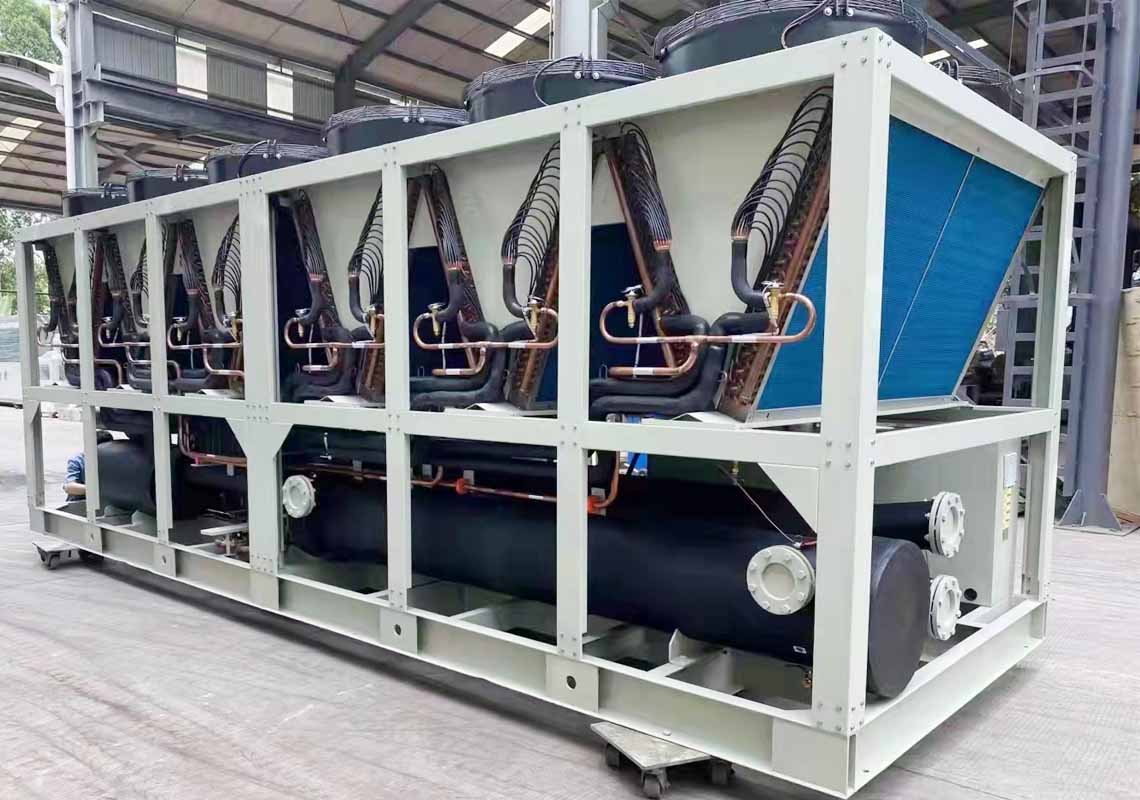The difference between direct cooling and indirect cooling of industrial chillers | Oumalchiller.com
The industrial chiller is a refrigeration equipment that can provide industrial cooling water. Industrial chiller is used in a wide range of industries, such as: electroplating, plastics, electronics, food, card making, chemical industry, machining, laser and other industries. There are two cooling methods for the chiller, one is direct contact between water and the material to be cooled, and the other is indirect contact. In the industrial production process, in order to cool the production medium, in order to ensure that the production equipment works at a normal temperature, to absorb or transfer the excess heat of the production medium or production equipment, cooling water is used. The cooling water and the cooled medium are separated by the heat exchanger wall or equipment, which is called indirect cooling water.
Direct cooling water refers to the cooling water that is in direct contact with the product or semi-finished product for cooling in order to meet the needs of the process during the production process, which is called direct cooling water. It includes direct-flow spray water for temperature and humidity regulation.
When the chiller is working, its freezing method can be selected according to customer needs, direct cooling and indirect cooling.

There are also various cooling media. According to different cooling liquids, some liquids that need to be cooled cannot contact the cooling water or cooling medium in the chiller, such as electroplating liquids with strong corrosiveness, such as the food industry, especially milk cooling, is the evaporator that cannot touch the chiller. Therefore, the chiller needs to indirectly cool the milk and the electroplating liquid. A detachable plate heat exchanger is added between the chiller and the liquid to be cooled. One side takes the chilled water, and the other side takes the milk or electroplating liquid, so that the milk can be cooled. No pollution, and the plating solution will not corrode the evaporator of the chiller. There are also many indirect cooling methods in the electroplating industry, such as laying titanium tubes in the oxidation tank, and the chilled water takes away the heat of the electroplating solution through the titanium tubes to achieve the purpose of cooling. made), while the chilled water is taken, the plating solution is taken.
The direct cooling method is most used, and there is no requirement for water quality. The chilled water is directly connected to the equipment that needs to be cooled for cooling. The effect of direct cooling is better than that of indirect cooling.
Oumal specializes in the production of various industrial chillers, matching materials and customizing professional industrial cooling water systems according to the needs of customers for direct cooling and indirect cooling. Buy an industrial chiller, Call us to get the latest price.
评论
发表评论